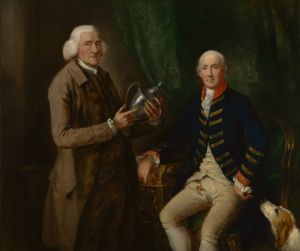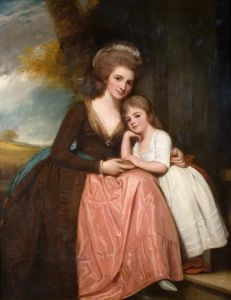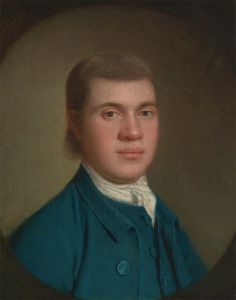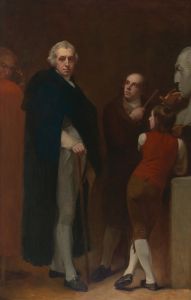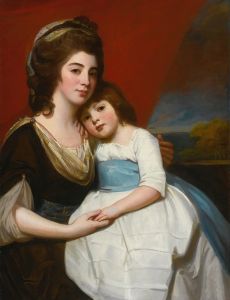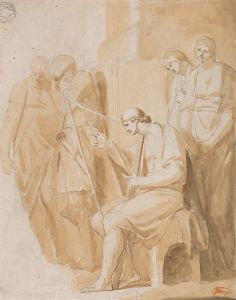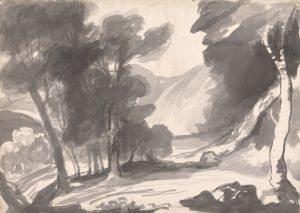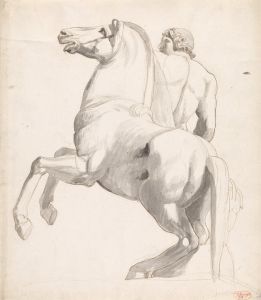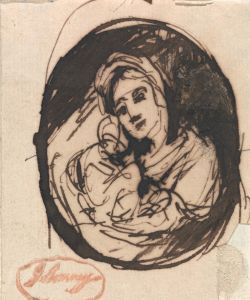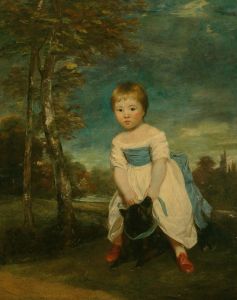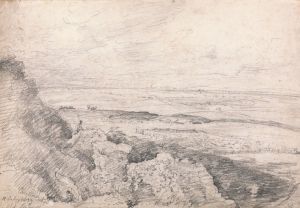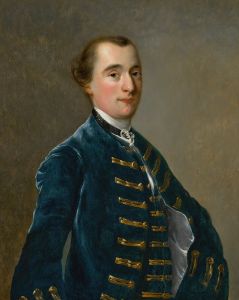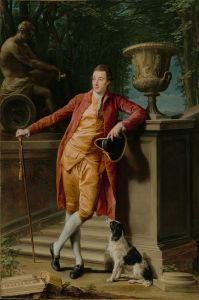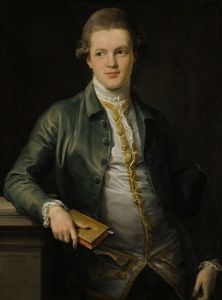
Portrait of Sir Michael le Fleming, 4th Baronet
A hand-painted replica of George Romney’s masterpiece Portrait of Sir Michael le Fleming, 4th Baronet, meticulously crafted by professional artists to capture the true essence of the original. Each piece is created with museum-quality canvas and rare mineral pigments, carefully painted by experienced artists with delicate brushstrokes and rich, layered colors to perfectly recreate the texture of the original artwork. Unlike machine-printed reproductions, this hand-painted version brings the painting to life, infused with the artist’s emotions and skill in every stroke. Whether for personal collection or home decoration, it instantly elevates the artistic atmosphere of any space.
The Portrait of Sir Michael le Fleming, 4th Baronet is an oil painting by the renowned British artist George Romney. Created in the late 18th century, the portrait depicts Sir Michael le Fleming, the 4th Baronet of Rydal, a member of the English gentry. Romney, one of the leading portrait painters of his time, was known for his elegant and expressive depictions of his sitters, and this work is considered a fine example of his artistic style.
Sir Michael le Fleming (1748–1806) was a prominent landowner in Westmorland, England, and inherited the baronetcy and the Rydal Hall estate upon the death of his father, Sir William Fleming, 3rd Baronet, in 1757. Rydal Hall, located near Ambleside in the Lake District, served as the family seat of the le Fleming baronets. Sir Michael was known for his role in local affairs and his contributions to the community, though detailed records of his life remain limited.
George Romney (1734–1802) was a native of Lancashire and rose to prominence as one of the most sought-after portraitists in Georgian England. His clientele included members of the aristocracy, gentry, and notable figures of the time. Romney's portraits are characterized by their refined composition, attention to detail, and ability to capture the personality and status of his subjects. The Portrait of Sir Michael le Fleming exemplifies these qualities, showcasing Romney's skill in rendering textures, fabrics, and the sitter's demeanor.
The painting portrays Sir Michael in a formal pose, dressed in attire befitting his social status. The background is understated, drawing attention to the sitter and emphasizing his position as a figure of importance. Romney's use of light and shadow enhances the three-dimensionality of the figure, while the subtle color palette reflects the restrained elegance typical of his work.
The exact date of the painting is not documented, but it is believed to have been completed during the height of Romney's career, likely in the 1770s or 1780s. The portrait is part of the artistic legacy of the Georgian era and provides insight into the social and cultural milieu of the time.
The current location of the painting is not specified in available records, but works by George Romney are held in various public and private collections, including major institutions such as the National Portrait Gallery in London and regional museums. The Portrait of Sir Michael le Fleming remains a testament to Romney's artistic achievements and the enduring appeal of his portraits.





